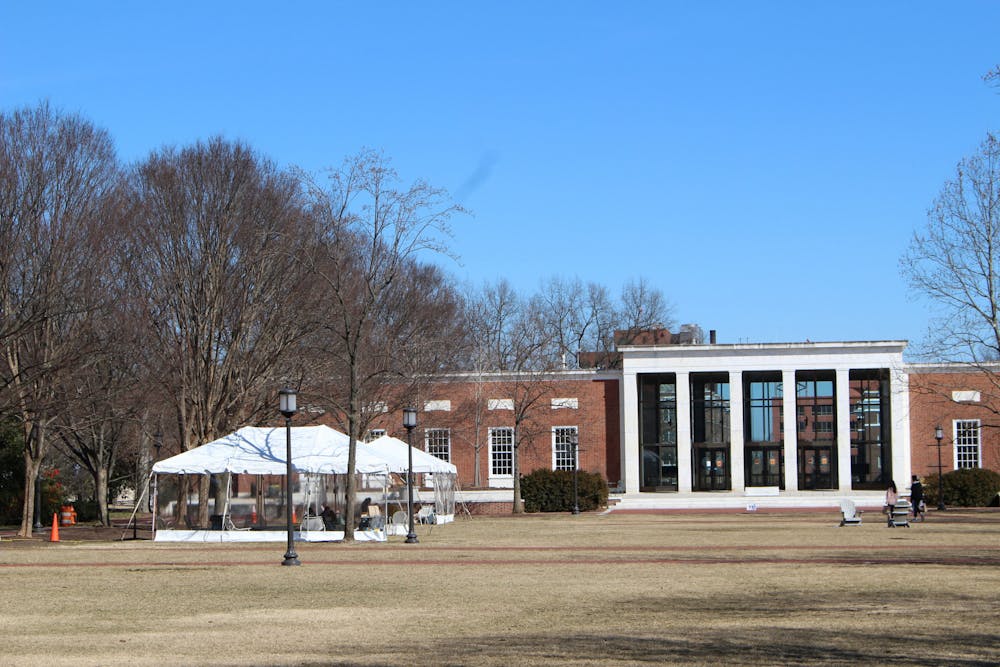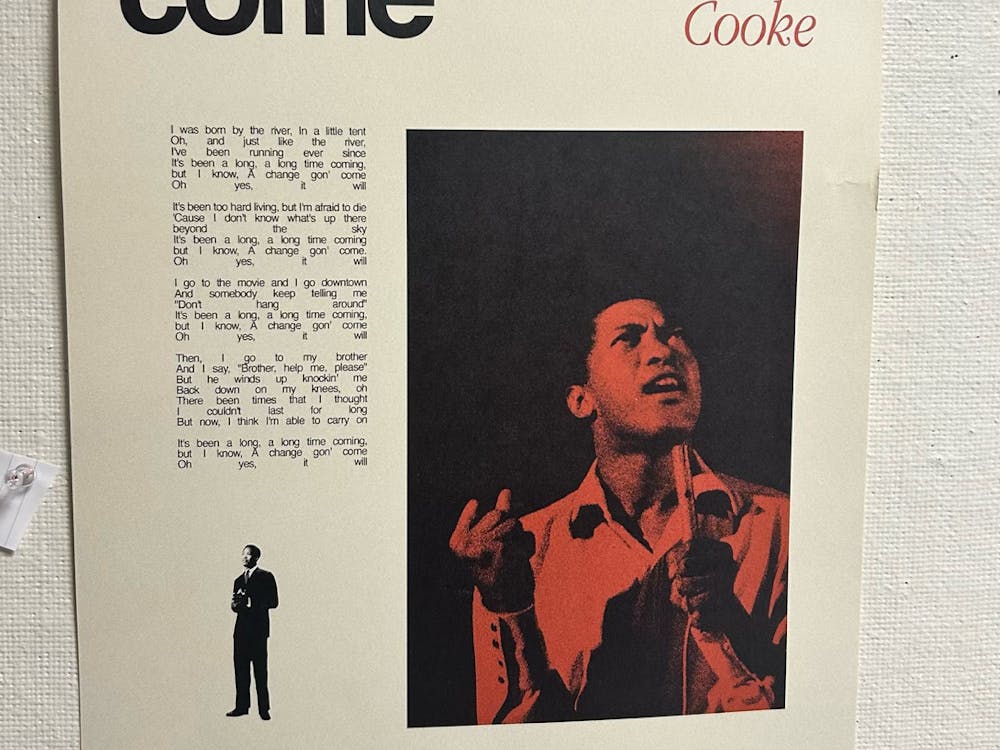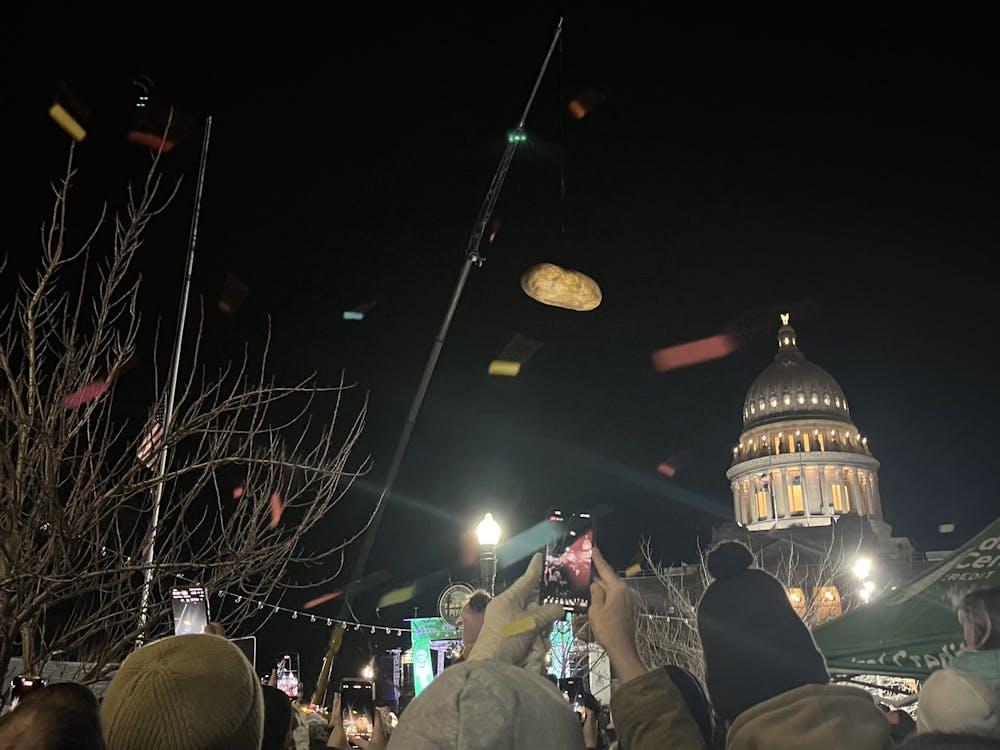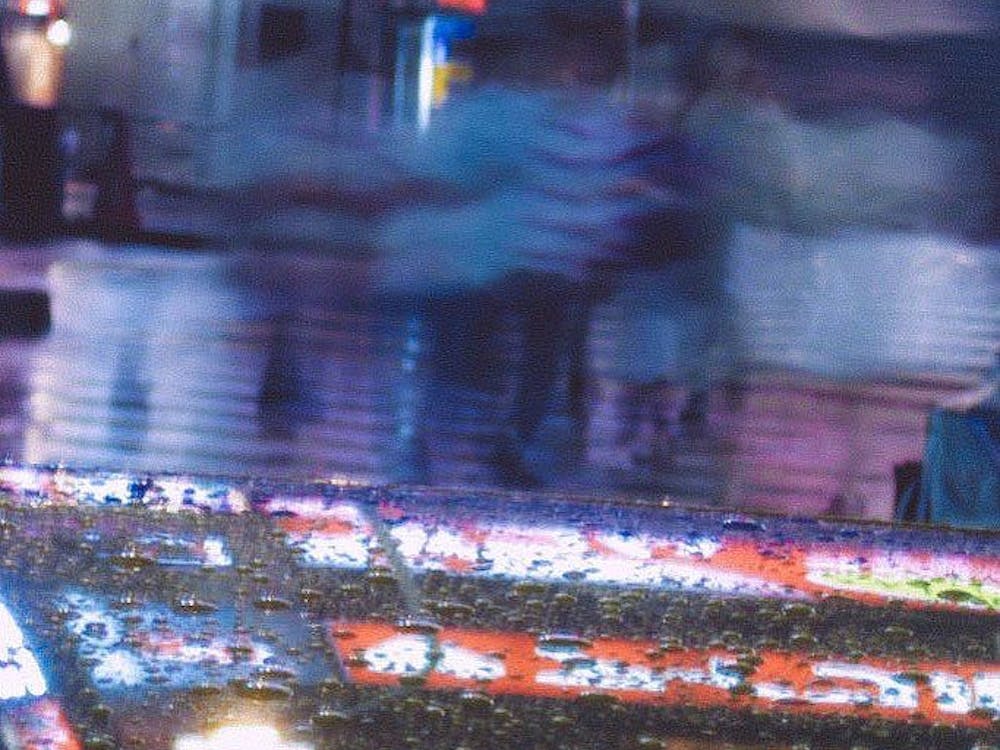Lena Denis was a staff writer for The News-Letter from 2007 to 2011 and recently returned to Hopkins as the Geospatial Data, GIS and Maps Librarian in Data Services at our own Sheridan Libraries.
The News-Letter: What have you been doing since graduating and how has your Hopkins experience led you to that?
Lena Denis: So when I worked for The News-Letter, one thing that was really great about it was that it got me plugged into some of the activism that was going on inside of Hopkins and also within Baltimore at large, and I got involved with different kinds of social justice issues. I’m not sure if we called them social justice all those years ago when I was a student, but those kinds of things. I got involved in local food systems and food system justice.
I graduated in 2011, and that was around the time of the first food desert maps that were coming — like from the federal government, [which] have been rightfully critiqued over the years — but that had been a lot of the source of my activism and interest, and I ended up working for the Center for Social Concern as an AmeriCorps VISTA after I graduated.
From there I had decided to pursue a kind of academic career, so I moved to London and did a master’s in Art History at the Courtauld Institute of Art, and I had been an Art History and Anthropology major at Hopkins, so I had intended to stay for a PhD in Art History. For a series of reasons, mostly related to the fact that I was more interested in describing and taking care of materials that I looked at for other researchers and thinking about their place within universities and libraries as a whole, more so than working on individual pieces, I realized that a PhD was not quite the right fit for me.
So that led me to librarianship instead, so I moved to Boston and library school at Simmons University and specialized in cultural heritage informatics. I worked for a few years at different libraries and museums and then worked for Harvard at the map collection for four years and the Harvard libraries. Then Hopkins actually hired me this past year, so I just moved back to Baltimore in February and I am now the Geospatial data, GIS and maps librarian at Hopkins in data services at A-level.
N-L: How did you decide to write for The News-Letter?
LD: When I came to Hopkins and was deciding about which extracurriculars to join, I was interested in The News-Letter because there was, first of all, a kind of glamorous effect to it. They have the cool little Gatehouse out there at the edge of campus and they work there late at night and they are really cool, radical people. The editors — I remember some of them, and I remember really looking up to them and they were cool people, as I am sure they are still now. It was just a dynamic group of people who really cared about the city as well as about the University and what they were reporting on, and I was really struck since they seemed really brave and were not afraid to ask really deeply difficult questions, even if that meant someone may be mad at you for asking.
And they got to know the city really well — it let us get out of the Hopkins bubble and see a wider, more open world to see what people were reporting on, and I wanted to be a part of that. I wanted to practice writing about the world and meeting people who were really different from me and meeting people who I would never meet just from being a student, which was another really cool thing about reporting, and also meeting people at Hopkins who I would not have exposure to. Some of the interviews I did were of professors in departments where I never took a class, for example. It opened my view of the world, and I liked the idea of writing things that I could have my name on and send to my parents.
N-L: How did writing for The News-Letter impact your life as a college student and later?
LD: One thing that was great about writing for The News-Letter was also having writing samples, quite frankly. It was useful later for any kind of application, and that is a very transactional way to feel about it. But importantly it was a great way to get so much practice writing, and to practice a very different kind of writing from what I was doing in writing papers. So it was valuable to think about getting that kind of journalistic writing down, and it was hard for me and required so many drafts and editing, but it was a really good thing to learn and a useful thing to apply to things I do now. And I would reiterate that it really gives you a better appreciation for the city of Baltimore and what’s going on outside of the campus and in different parts of the campus.
N-L: Are there any articles you particularly remember working on?
LD: One of the stories that is still memorable to me was about how Harvard had started gym hours that would allow Muslim women to go to women-only hours at the gym for modesty reasons. All of a sudden, all these people suddenly thought that their opinions mattered for some reason, and The News-Letter wanted to talk to Muslim women who wear the hijab on campus to see how they felt about the general environment and their thoughts about the policy.
And I hope that I did it well and was not offensive, but it really was one of those things where I learned so much by talking to different students. And it was a really big growth moment for me. There were a lot of anti-Muslim stereotypes in the media, especially at that time, and some of the women that I talked to I still talk to today. It was a really big growth moment for me as a writer to really get those ideas out there in a manner that was respectful and dignified.
N-L: How did you go about interviewing people?
LD: Often I was told to interview people and a lot of time I would reach out to people doing interesting things. Getting up the courage to talk to people — it took a while of getting used to that process, but with practice it got a lot easier just by doing it.
One thing I would add is that through my time at Hopkins and The News-Letter, even though I didn’t see it at the time, I was building my way to do the things I am interested in; I am a maps librarian now and work with people using data for different activist projects. And while I could not have articulated [that] career as a student, I was developing skills and interests that I use now. It is never a bad thing to learn more, and there are so many things that you just do not see until you look back.





